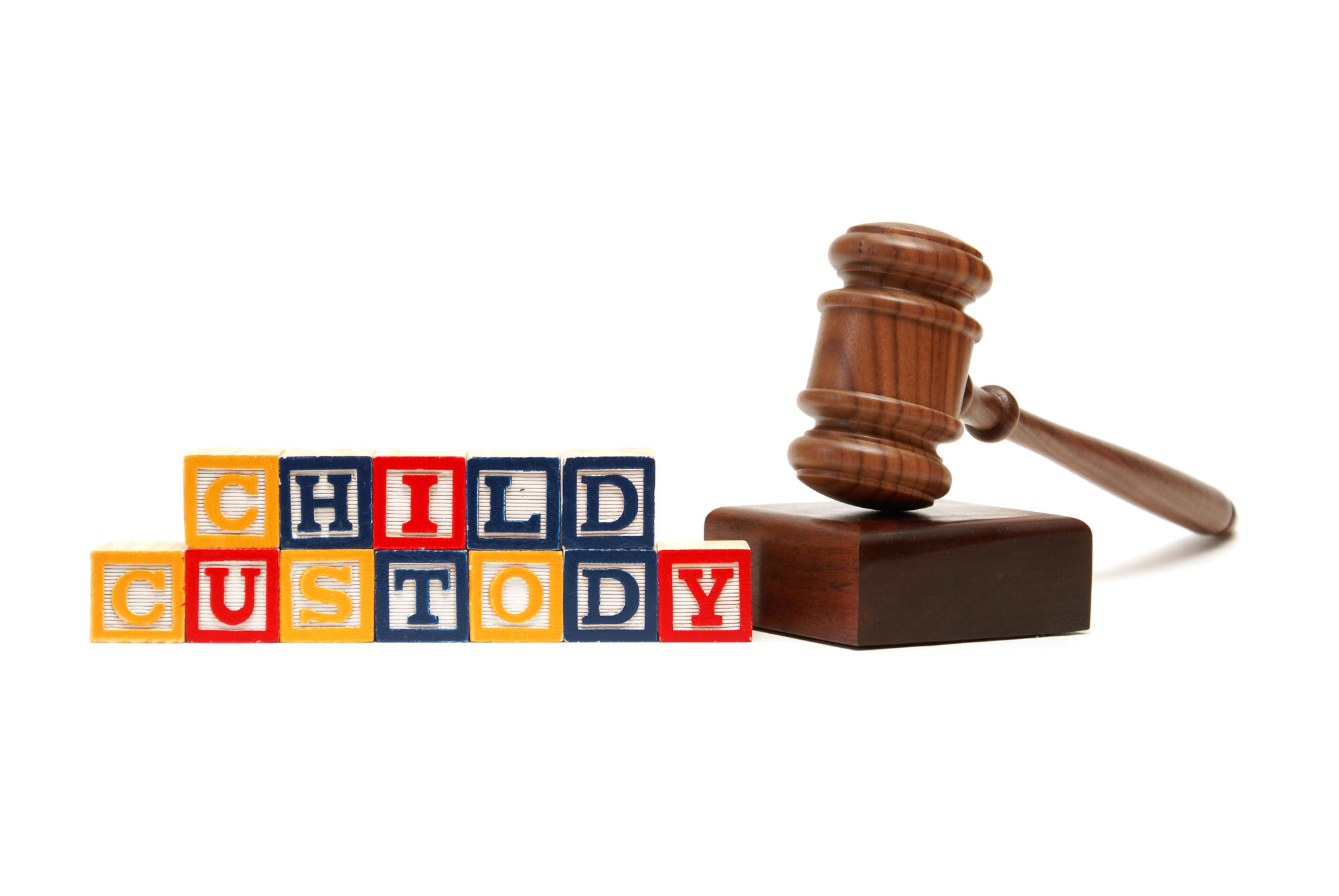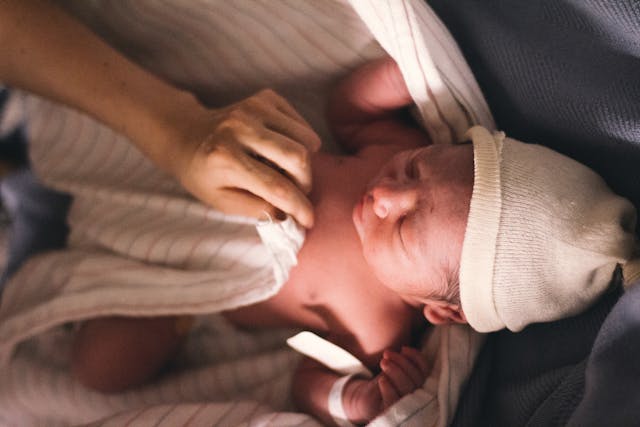Custody battles are tough for everyone involved. Emotions run high, and the stakes are even higher.
DNA testing can add clarity, but there are many myths about it. Some believe it’s expensive or unreliable. Others think it invades privacy.
These misconceptions can cause stress and confusion. In this guide, we’ll clear up these misunderstandings. We will show you the facts about DNA testing in custody battles. Get ready to separate myth from reality. Read on and learn more.
Contents
DNA Testing is Always Required for Child Custody Cases
One common myth is that DNA testing is always needed for child custody cases. This isn’t true. In many cases, custody is decided without any DNA tests.
DNA testing is important when paternity is in question. But if both parents agree about who the child’s parents are, there is no need for testing. Courts often rely on other evidence to decide custody.
The necessity of a paternity test depends on various factors like the state’s laws and the evidence presented by both parties. It’s essential to consult with a family lawyer to understand the legal requirements in your specific case.
The Process is Invasive
Another myth is that DNA testing is invasive and painful. This is not true. The most common way to collect DNA is with a cheek swab. It’s quick, easy, and painless.
Some people worry about their privacy when giving a DNA sample. The information is kept confidential and is only used for the case. Once the case is over, the DNA sample is usually destroyed.
DNA testing does not take long. Results are often ready in a few days. This quick process helps speed up the custody decision. Understanding this can help lessen your concerns.
Results Can Be Tampered With Easily
Another misconception is that DNA test results can easily be tampered with or falsified. This is not true. DNA tests used in legal battles follow strict procedures. These procedures make it very hard to tamper with the results.
Laboratories that perform DNA tests are highly regulated. They follow strict guidelines to ensure accuracy. Each sample is tracked and handled very carefully.
Additionally, there are systems in place to prevent any tampering. These include chain-of-custody forms and secure storage. These measures help ensure DNA test results are reliable and trusted in court.
DNA Tests Are Too Expensive for Most People
Many people think DNA tests cost a lot of money. In truth, they are much more affordable than you might expect. Some clinics even offer payment plans to help families out.
DNA testing costs have dropped thanks to new technology. You can check out this legal testing for paternity to see the different options. Comparing prices can help you find a good deal.
Insurance may cover some of the costs in certain cases. This makes DNA testing even more accessible. Be sure to ask your provider about this option.
Legal Testing for Paternity Is Time-Consuming
The myth surrounding the time-consuming process of legally approved paternity testing isn’t always true. Reliable labs can provide results within a few days of receiving samples. However, exact timelines may vary based on specific circumstances.
The actual collection of DNA is quick and easy. A simple cheek swab is all it takes. This process can be done in minutes at a clinic.
Waiting for results can feel long, but most cases are wrapped up swiftly. Courts aim to resolve cases quickly for the child’s best interests. Thus, the time taken is often less than expected.
DNA Tests Are Always 100% Accurate
Many believe that DNA tests are always 100% accurate, but this is not true. DNA tests are highly accurate, but no test is perfect. Even the best labs can make mistakes or encounter rare problems.
Errors can happen due to sample contamination or human error. However, these errors are rare and usually very small. Most DNA tests used in legal cases are more than 99% accurate.
It is important to understand the limits of DNA testing. Always choose a reliable lab for your test. Knowing this can help you make better decisions in child custody battles.
Mothers Cannot Request Paternity Tests
Contrary to popular belief, mothers have every right to request a paternity test. If the biological fatherhood of a man is in doubt, mothers can ask for a DNA paternity test.
A mother may need a paternity test for child support or custody reasons. The courts will seriously consider her request. This test can help provide clarity in disputes.
Courts understand that paternity is important for a child’s future. It affects support, inheritance, and identity. Mothers seeking this test are acting in the child’s best interests.
Negative Paternity Test Disqualifies One From Custody Rights
A negative paternity test can impact custody rights, but it doesn’t disqualify someone automatically. The test shows that the man is not the biological father. However, the court looks at many other factors before making a final decision.
Even if a man is not the biological father, he may have acted as a father figure. In such cases, the court may consider his role in the child’s life. The best interests of the child are always the court’s primary concern.
The man can still seek visitation or custody rights if he has a strong bond with the child. The court will review the child’s emotional needs and the man’s involvement. Legal advice can help navigate these complex situations.
Confidentiality Isn’t Guaranteed
Many people worry about their privacy when undergoing a DNA test. Reputable testing labs take confidentiality seriously and have measures in place to protect personal information.
However, it’s important to note that if DNA testing is ordered by the court, the results may become part of the public record. This means that anyone with access to court documents can potentially see your test results.
Demystifying DNA Testing in Custody Battles
Understanding the realities of DNA testing can significantly reduce the stress associated with custody battles. Dispelling myths and knowing the facts allows parents to make informed decisions and better navigate the legal process.
Accurate, affordable, and often essential, DNA testing plays a crucial role when paternity is in question. By demystifying DNA testing, we hope to aid parents in making choices that serve the best interests of their children in custody battles.
Did this article help you? If so, take a look at some of our other blog posts for more informative reads.




